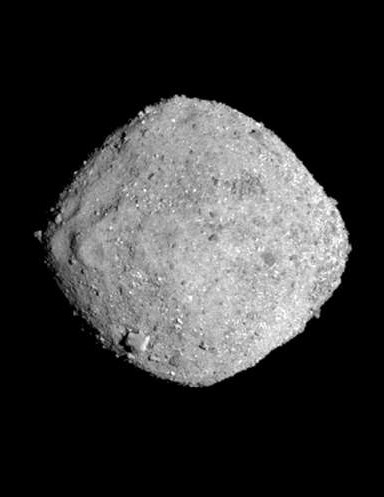Asteroid triggers global alert
 A 100-metre-wide asteroid, identified as 2024 YR4, has prompted the activation of global planetary defence measures.
A 100-metre-wide asteroid, identified as 2024 YR4, has prompted the activation of global planetary defence measures.
Despite a relatively low 1.3 per cent chance of impacting Earth in December 2032, international space agencies have initiated precautionary strategies to monitor and assess the potential threat.
The asteroid was detected on 27 December 2024 by the ATLAS network, a NASA-funded system managed by the University of Hawaii.
Classified as a Near-Earth Object (NEO), 2024 YR4’s orbit brings it within 1.3 astronomical units (AU) of the Sun, allowing occasional close approaches to Earth.
While the probability of impact is low, scientists emphasise the importance of continued monitoring.
“It is fantastic that as our telescopes improve, we can detect Earth-threatening asteroids earlier,” says astrophysicist Professor Tamara Davis.
“This asteroid is too small to cause a major threat, but monitoring it is worthwhile as it could cause local damage if it hits.”
Dr Hadrien Devillepoix from Curtin University said there are serious challenges in tracking small asteroids.
“In two months, even the biggest telescopes will struggle to see it,” he said.
“Archival images from 2016 might help refine its orbit, but without them, we may need to wait until its next close approach in 2028.”
The potential impact energy of 2024 YR4 is compared to the Tunguska event of 1908, which flattened over 2,200 square kilometres of Siberian forest.
However, the most likely outcome is that it will miss Earth entirely, and even if it does hit, most of Earth is ocean or uninhabited land, reducing the risk of casualties.
Still, the asteroid’s discovery underscores the necessity for a coordinated planetary defence strategy.
“While technologies like NASA’s DART mission have shown we can alter an asteroid’s path, international agreements on how and when to deploy such measures remain unsettled,” said Dr Evie Kendal from Swinburne University of Technology.
Astronomers will continue tracking 2024 YR4, with more precise impact probability estimates expected as additional data becomes available.
The next critical observation window is anticipated in 2028, providing another opportunity to refine the asteroid’s trajectory and assess any potential risk to Earth.
More details are accessible here.







 Print
Print


